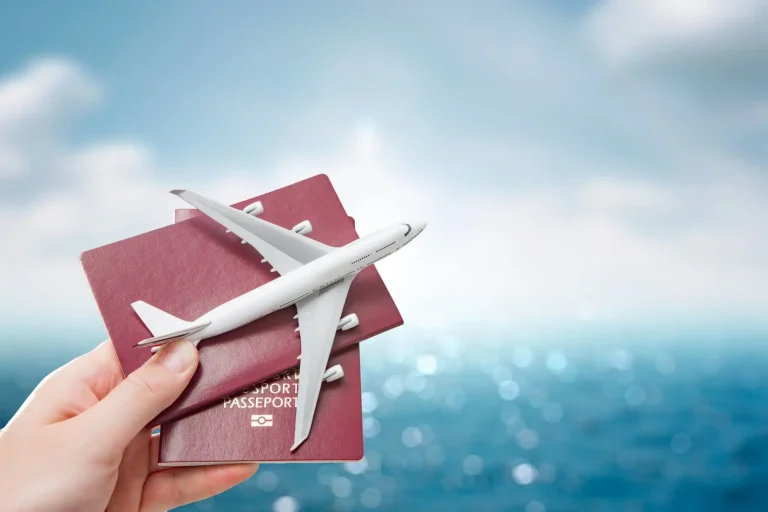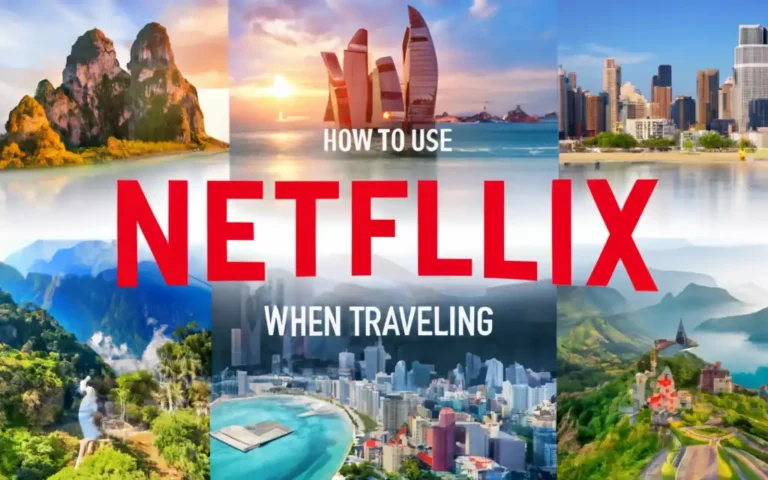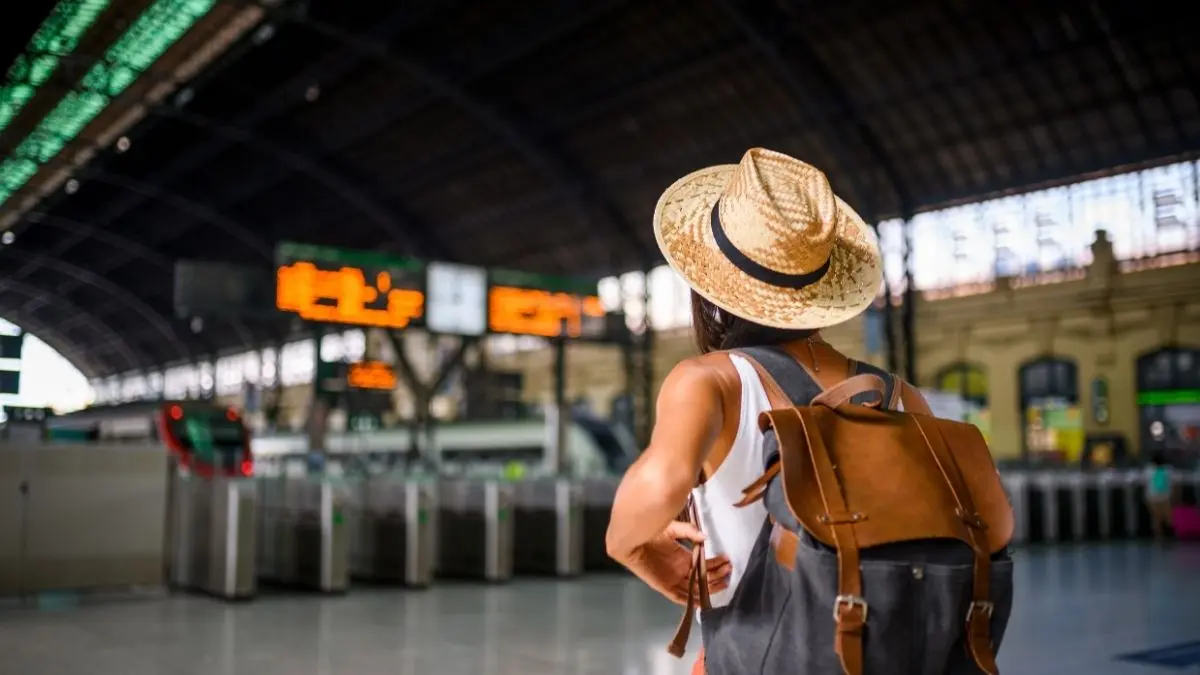
Taking that first step into the world of solo travel safety tips can feel both thrilling and nerve-wracking. Every new solo traveler worries about the same things—what if I get lost, what if I look vulnerable, or worse, what if something unexpected happens far from home? The truth is, traveling alone has grown tremendously in 2025.
According to recent travel security reports, more people than ever are embracing independence on the road, yet first-timers remain the most at risk simply because they haven’t built their instincts yet.
Why does a first solo trip feel riskier than your tenth? It comes down to inexperience. You’re still figuring out how to blend in, how to react when spidey senses kick in, and how to balance adventure with precaution. That’s exactly why this guide matters.
Instead of repeating generic advice, I’m sharing 25 solo travel safety tips that most people overlook, plus tools, strategies, and mindset shifts that will actually make a difference.
Here’s a quick glance at what we’ll cover:
- How to prepare your mindset before stepping on the plane
- Pre-trip research beyond glossy travel guides
- Safety gear and smart packing strategies
- Lodging and arrival hacks that save you stress
- Transportation tips for buses, trains, and rideshares
- Digital security, valuables protection, and identity safety
- Health, emergency, and recovery tactics abroad
- Special advice for solo female travelers, digital nomads, and seniors
Think of this as your traveling alone safety checklist 2025 — actionable, modern, and rooted in real experiences. By the end, you’ll have more than just the fundamentals of solo travel safety. You’ll walk away with confidence, tools, and a realistic plan for staying safe without sacrificing adventure.
Getting the Mindset Right Before You Go
✅ Mental Preparation & Overcoming Fear
Fear is natural before a first solo trip. The key is transforming that anxiety into awareness. Many solo travelers rehearse scenarios—like using safety apps to simulate emergency contacts or practicing with Google Maps offline maps at home. Treat this as training. The more familiar you are with digital tools, the less panic sets in when facing a foreign environment.
✅ Setting Personal Safety Boundaries
Before you leave, decide on clear personal boundaries. For example: no accepting rides in windowless vans, no late-night wandering without a plan, and no oversharing your location on social media. These aren’t restrictions; they’re guidelines that help you navigate confidently. Boundaries give you permission to say no without guilt.
✅ Defining Comfort Zones vs Growth Zones
Travel is about stretching your comfort zone, but safety should never be compromised. Try new foods, explore local neighborhoods, but know where your line is—especially at night. Carrying a personal safety alarm or small items like pepper spray (where legal) can help extend that growth zone with backup security.
✅ Building Confidence through Simulation & Research
Confidence comes from preparation. Learn a few phrases in the local language before you go. Research what public places are safest to linger. Run mock scenarios with friends—like what to do if you lose your wallet or miss the last bus. The fundamentals of traveling alone personal safety aren’t just rules; they’re mental rehearsals that prepare you for real-life surprises.
Thorough Pre-Trip Planning
1. Researching the Destination Beyond Travel Guides
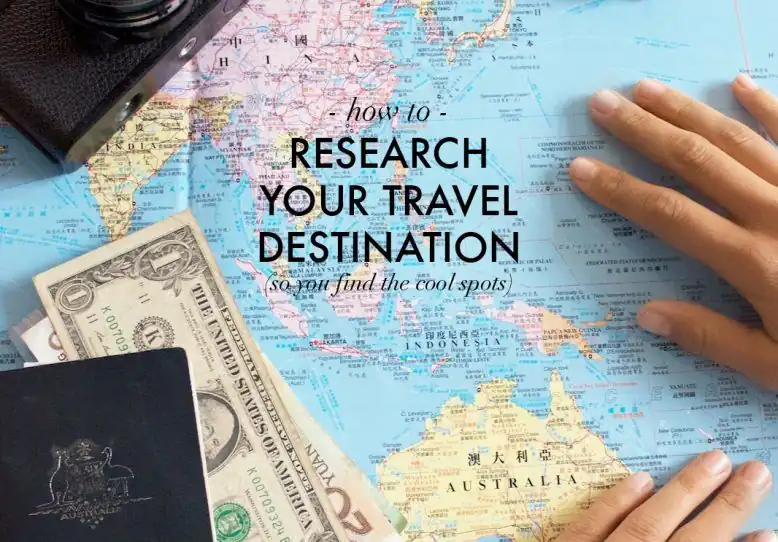
Guidebooks are a start, but safety lies in real-time info. Check crime maps, read local forums, and look up recent incidents in your destination.
Government travel site warnings or even the US Department of State bulletins give context that glossy blogs often skip. Understanding gender norms, street safety, and scams targeting travelers is essential.
Crime Maps, Local Forums, News, Recent Incidents
Look up current pickpocket hotspots or scams targeting tourists. Whether in Latin America or Europe, awareness of common travel scams prepares you to recognize and avoid them.
Understanding Local Laws, Gender Norms, and Cultural Expectations
Simple missteps—like ignoring dress codes or public behavior norms—can make you a target. Spend an evening reviewing customs. Solo female travelers especially benefit from learning how women are expected to move through public transportation or social spaces in different countries.
2. Choosing Safe Destinations / Regions for First Trips
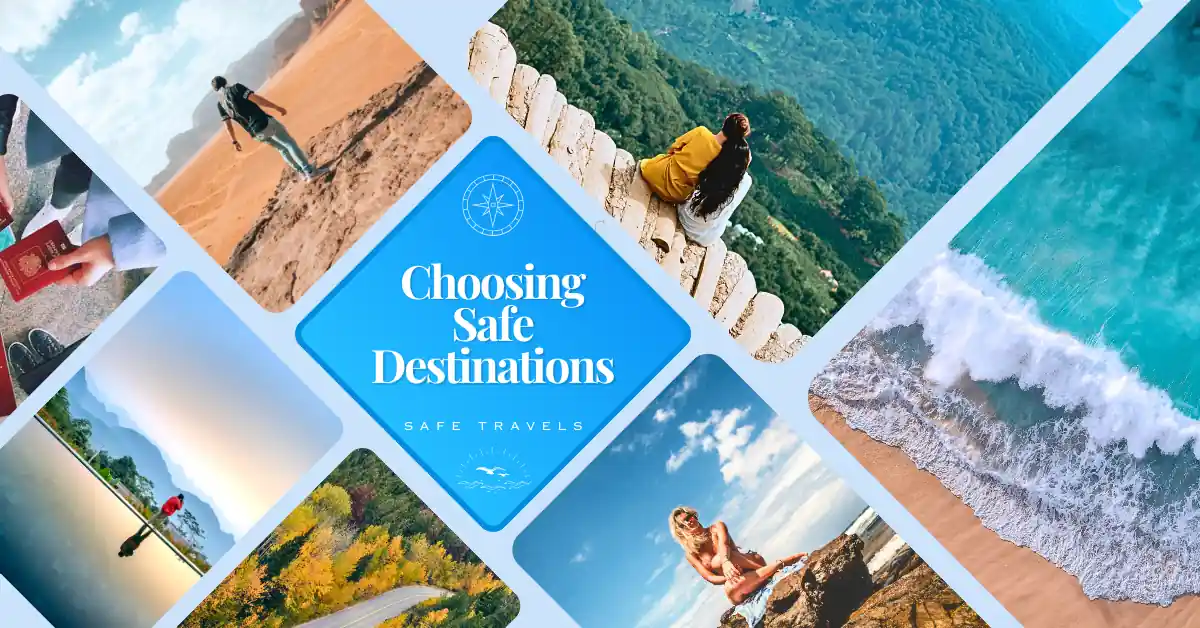
Not every country or city makes an ideal first solo trip. If you’re nervous, start with places known for strong personal security records.
Cities like Tokyo (yes, even late at the Tokyo fish market) or areas of the United States with solid infrastructure help build confidence before tackling riskier destinations.
3. Mapping Out Your First Day & Arrival Protocol
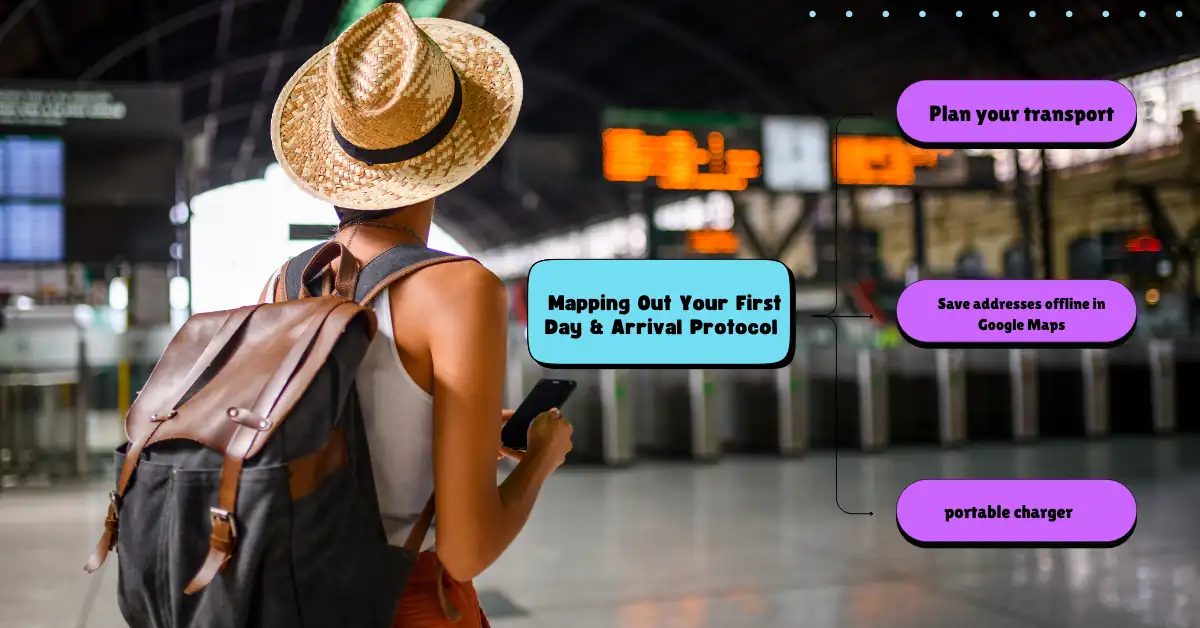
First days are overwhelming. Plan your transport from the airport ahead of time. Save addresses offline in Google Maps, and always have a portable charger handy. Arrive in daylight if possible, and avoid improvising your first night. It reduces stress and eliminates easy mistakes.
4. Getting Travel Insurance + What to Look For
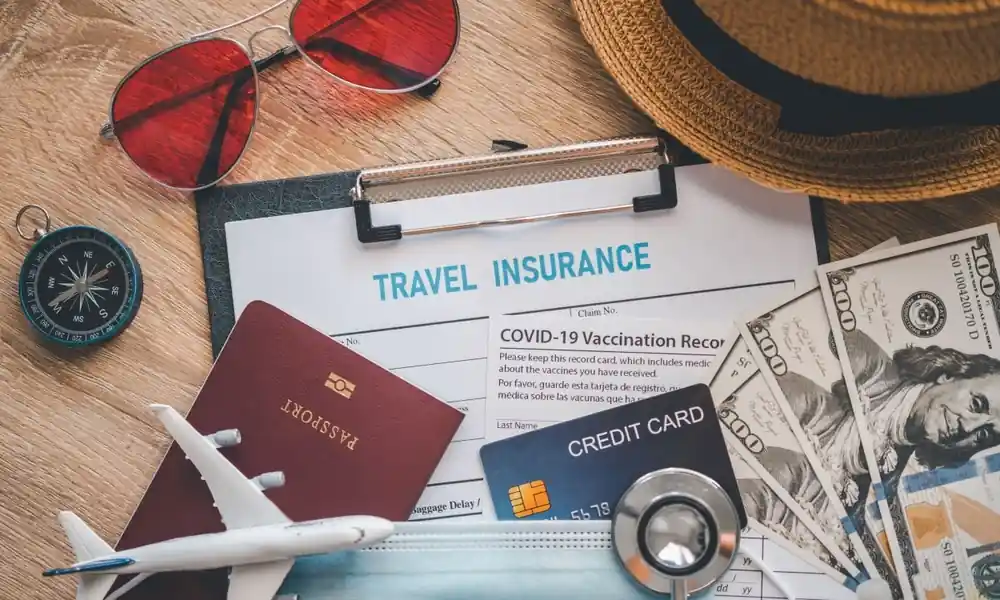
Never skip insurance. A provider like World Nomads or SafetyWing Travel Insurance offers coverage for theft, accidents, and emergencies.
Read the fine print—especially regarding what counts as “adventure activities.” Compare policies carefully; cheap isn’t always better when your safety is on the line.
Packing Smart for Safety
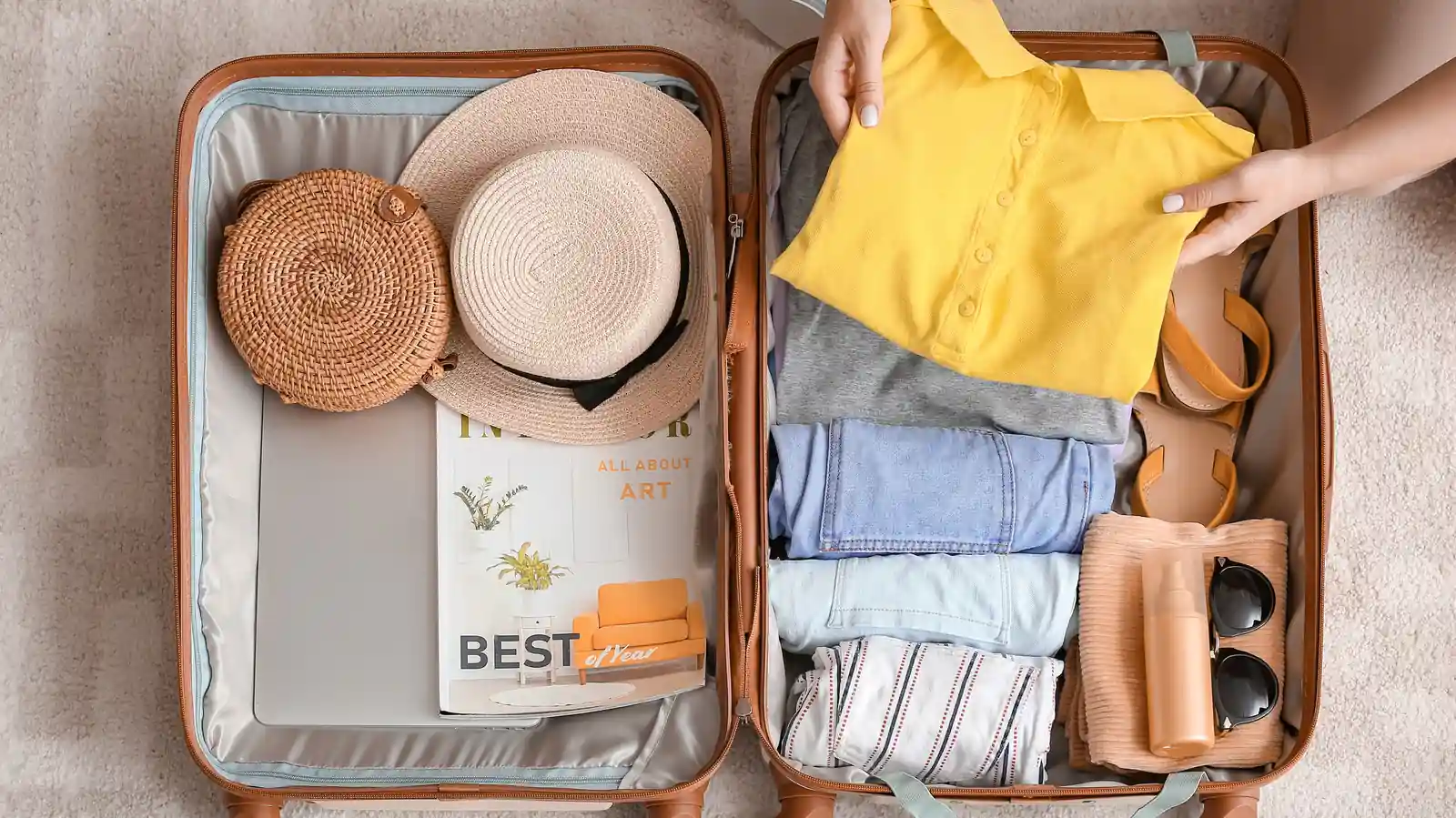
5. Essential Safety Gear & Tech Tools
Every solo traveler should think about safety as part of their packing routine. A portable safe is lightweight and can secure passports, electronics, or cash in your room.
Add a phone leash to prevent quick snatches in crowded streets, and don’t forget a solar-powered phone bank if you’ll be off-grid. These solo travel safety items aren’t overkill—they’re peace of mind.
6. Anti-Theft Clothing / Accessories

Investing in anti-theft gear pays off. Consider pickpocket-proof clothing with hidden zippers, or a Hidden Money Travel Belt for cash separation.
A slim RFID-Blocking Passport Holder and RFID blocking money belts protect against RFID skimming in busy transport hubs. For flexibility, swap a regular bag for an Anti-Theft Crossbody / Fanny Bag or a waterproof fannypack that doubles as day gear.
7. Medical & Health Packing
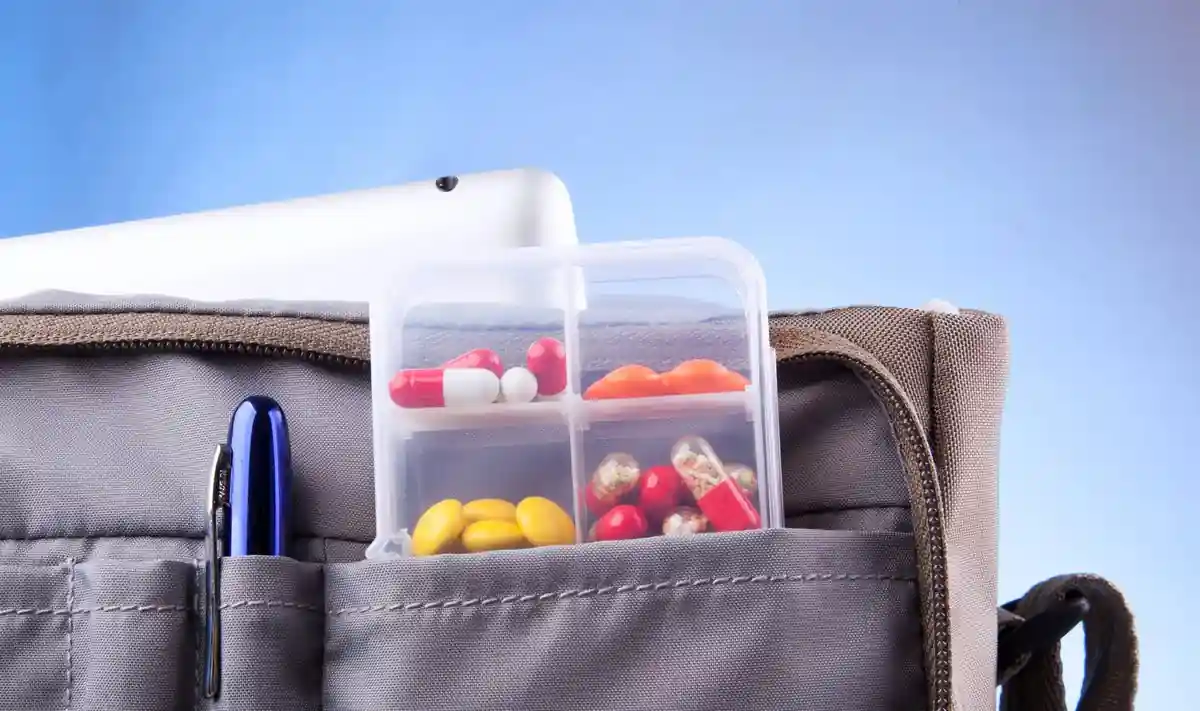
Don’t overlook your health. Carry prescription meds in original packaging with a copy of your actual passport. Add a small first-aid kit and a compact water purifier if you’re headed to regions with uncertain water quality. It’s the kind of foresight that makes a difference in emergencies.
8. Digital Safety Tools
Today, digital safety is as important as physical safety. Use a VPN when connecting to public Wi-Fi. Back up important documents on encrypted drives or cloud storage.
Keep offline maps saved for your destination, and use Google Translate for quick language support. Think of these as the digital side of your solo security items checklist for traveling.
Accommodation & Arrival Safety Tricks
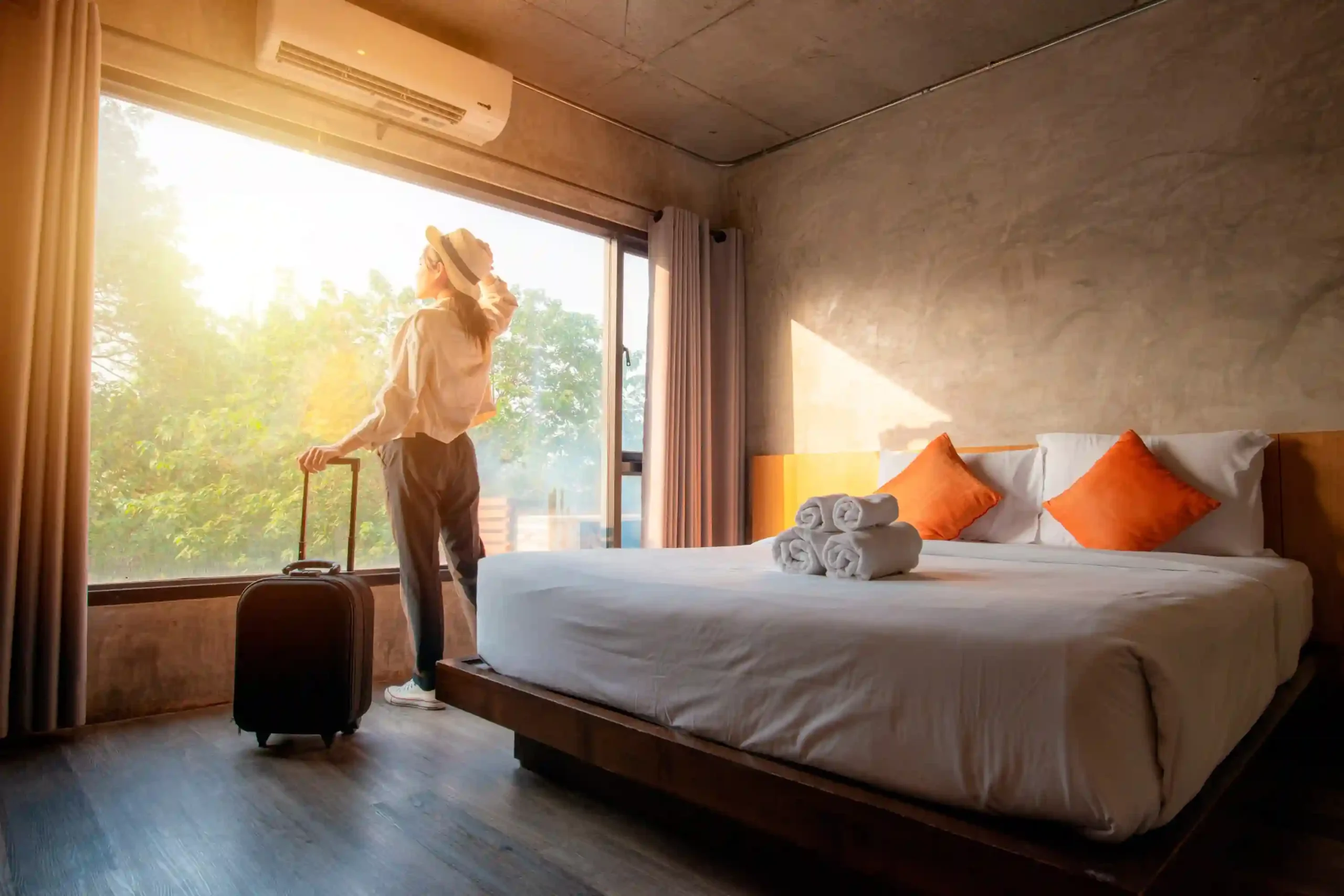
9. Securing a Good First Night
First impressions matter, and so does your first night. Always aim to arrive in daylight and pre-book either a trusted hotel or hostel or a vetted Airbnb.
Use Ride-Sharing Safety Tips like confirming driver details before stepping into a car. Nothing sets you up for success like a calm, safe arrival.
10. Assessing Safety Features of Lodging
When booking, read reviews carefully—especially mentions of locks, lighting, and neighborhood feel. Whether choosing hotel lodgings or shared spaces, prioritize locations with 24/7 hotel staff. Alone female travelers often find added comfort in properties that advertise extra security measures.
11. Room Security: Doors, Windows, Secondary Locks, Safe Storage
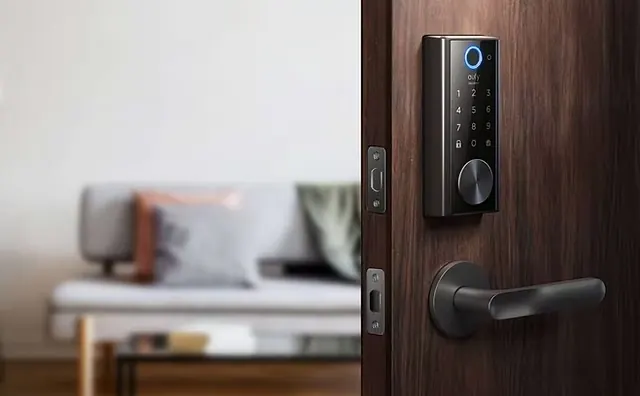
Inside your room, secure your space. Pack a Door Lock or Door Stop Alarm for extra protection. Store valuables in a Portable Safe if available.
For long stays, use an Anti-Theft Backpack with lockable zippers as a secondary layer. These small habits drastically reduce risk.
12. Local Contact / Embassy Info & Emergency Numbers
Before you unpack, save local emergency numbers, and the nearest U.S. Embassy details in your phone and on paper. Programs like the Smart Traveler Enrollment Program or Smarter Traveler Program keep travelers connected to official emergency response plans. These steps take minutes but can be critical in high-stress situations.
Staying Safe on the Move
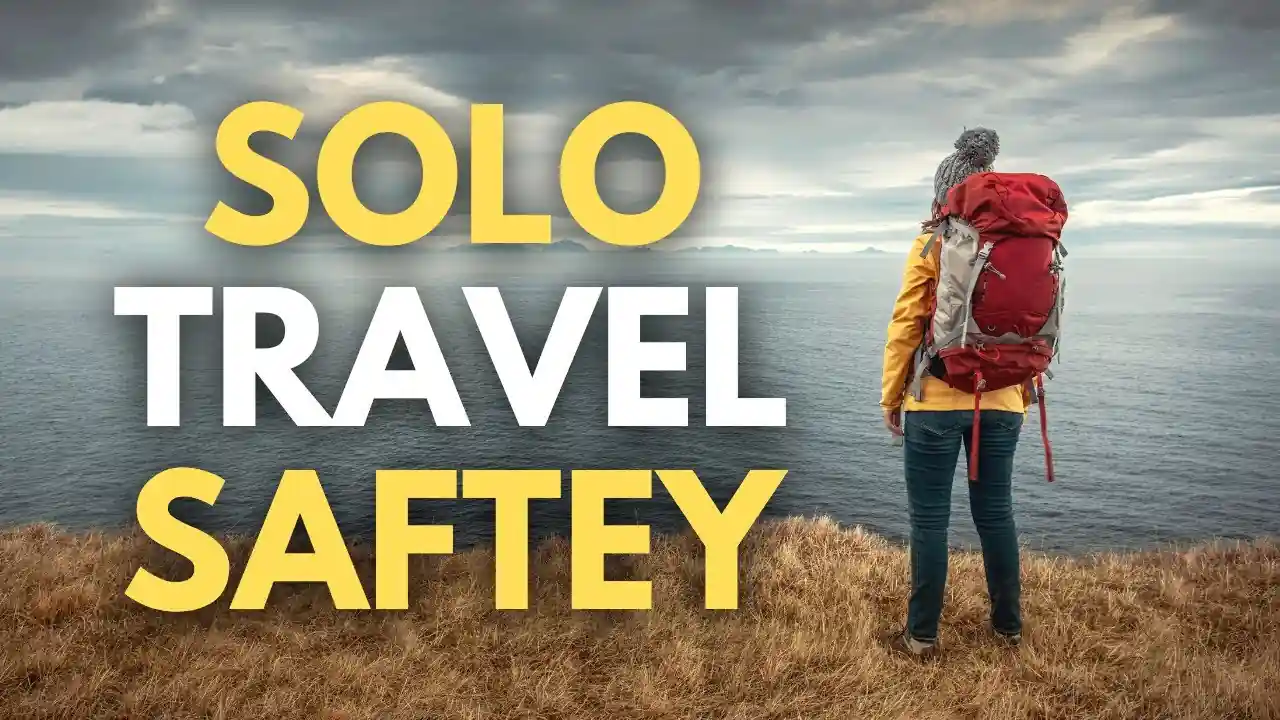
13. Transportation Safety
Using Ride-Shares / Taxis Safely
Confirm the license plate, check driver ratings, and always share your ride status using tools like the Find My App or “find my friends.” If something feels off, trust your instincts. A quick excuse to cancel can save you from uncomfortable situations.
Buses/Trains: Dorms, Night Travel, Thief Danger
Public transportation is budget-friendly, but theft risk rises at night. Keep your phone leash on, sleep with your bag as a pillow, and avoid windowless vans posing as shuttles. Carrying a self-defense alarm can also discourage opportunistic thieves.
14. Navigating Streets & Neighborhoods
Use offline maps to plan routes in advance. Stick to well-lit public places and avoid shortcuts through alleys. Walking confidently while blending in makes you less of a target.
15. Situational Awareness & Reading the Environment
Developing “street smarts” is essential. Pay attention to who’s around you, keep earbuds low, and avoid flashing valuables. If your gut tells you something’s off, move to a safer space immediately.
16. Blending In vs Standing Out
Sometimes it’s about knowing when to blend. Neutral clothing, modest dress (depending on the country), and acting like you belong help minimize attention. On the flip side, connecting with a local guide can make you stand out in a good way—someone who understands the neighborhood and can vouch for your safety.
17. What to Do When You Feel Unsafe
If you feel unsafe, step into a café, store, or Blues Bar—anywhere with people. Call a trusted contact, use safety apps, or activate your self-defense alarm. Remember, safety isn’t about pride; it’s about quick action.
Protecting Valuables, Documents & Digital Identity
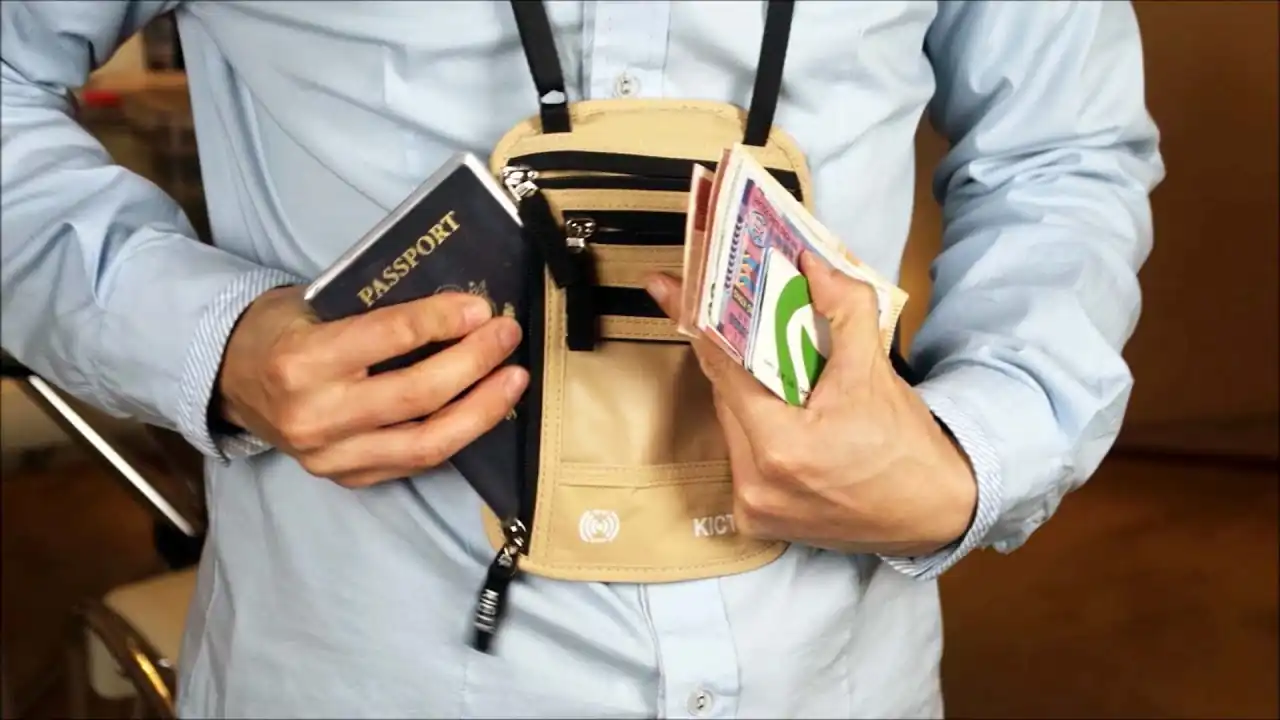
18. Copying/ Storing Documents
Make digital and paper copies of your actual passport, visas, and ID. Save them in encrypted cloud storage and carry a backup copy separate from your main documents. Many solo travelers also keep a small printout tucked inside a Portable Safe for emergencies.
19. Securing Money/Cards/Valuables (Split Strategy)
Never keep all your money in one place. Use a mix of a Hidden Money Travel Belt, a slim wallet, and a stash in your hotel or hostel locker. Splitting cash and cards means even if one stash is lost, you’re never stranded. For higher-risk regions, a Waterproof Fannypack or RFID blocking money belts can be lifesavers.
20. Digital Backups and Identity Fraud Protection
Travelers often overlook digital safety. Store backups on encrypted USBs and activate two-factor authentication. Protect your cards with RFID blocking technology and always use an Anti-Theft Backpack with hidden zippers for your devices. Even when using a trusted travel company, don’t assume your data is safe in shared bookings.
21. Using Secure Wi-Fi and Avoiding Digital Scams
Avoid logging into bank accounts on public Wi-Fi. Instead, rely on mobile data or VPN services. Be wary of phishing scams abroad—fraudsters target solo travelers because they assume you’re distracted.
Health, Emergencies & Recovery Strategies
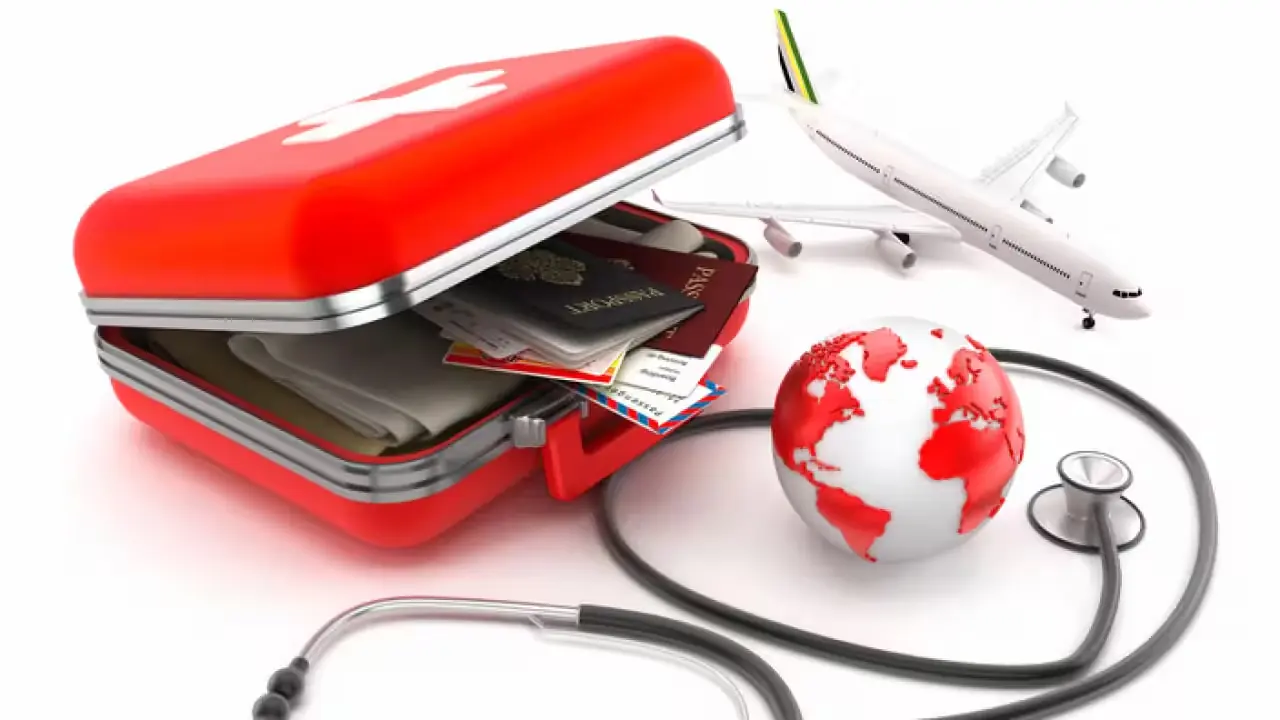
22. Physical Health: Vaccination, Food, Water Safety, Rest
Get vaccinations before your trip and research local requirements on a government travel site. Carry a water purifier if tap water isn’t safe. Don’t underestimate sleep; exhaustion leads to lapses in judgment and increases risk.
23. Mental Health During Travel: Loneliness, Stress, Decision Fatigue
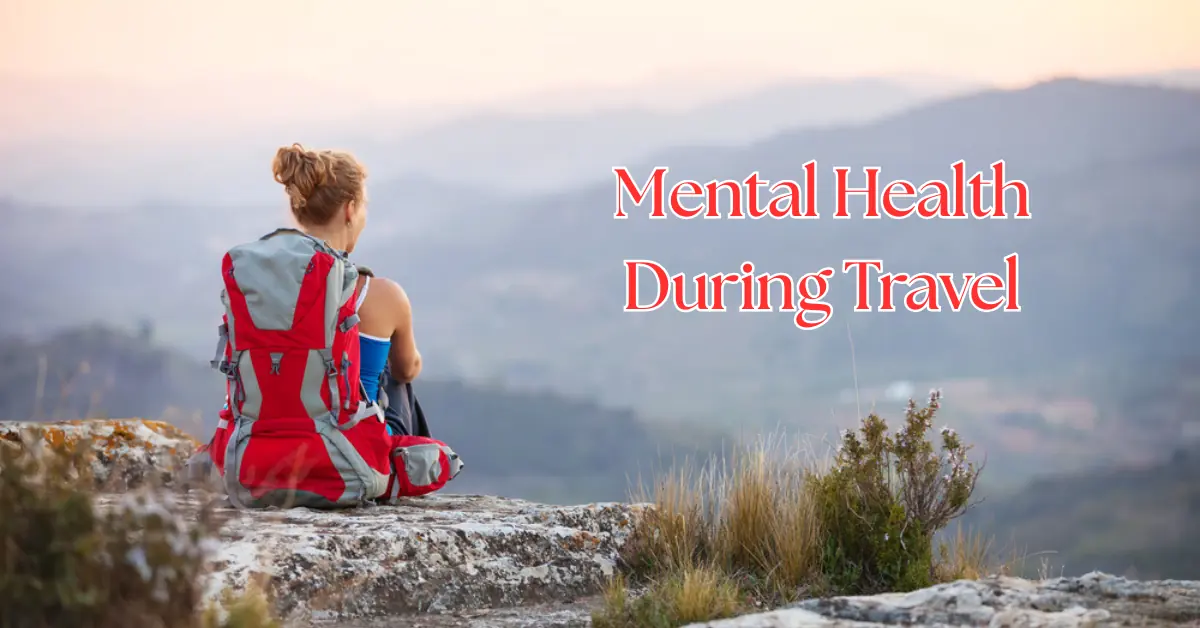
Being alone can get heavy. Rotate solo time with moments of community—whether chatting with other travelers in a hotel or hostel or joining a short group travel activity. Keeping in touch with loved ones over social media also balances isolation.
24. Emergency Scenarios: Loss of Passport, Theft, Assault, Natural Disaster
What to Do Immediately
Stay calm, find a safe location, and contact local authorities. Programs like the Smart Traveler Enrollment Program can guide you through local protocols.
Contact Consulate, Replace Documents, Emergency Funds
Head to the nearest U.S. Embassy for help with passport replacement. Many insurance providers, like SafetyWing Travel Insurance, also cover emergency funds. Keeping your emergency numbers on a printed card can speed up the process.
25. Navigating Foreign Medical Systems
Healthcare abroad can be confusing. Some countries require upfront payment. Having Travel Insurance ensures you aren’t left struggling. If you’re in remote areas (think Joshua Tree or parts of Latin America), a compact first-aid kit and knowledge of basic care are crucial.
Special Considerations for Specific Traveler Types
✅ Female Travelers
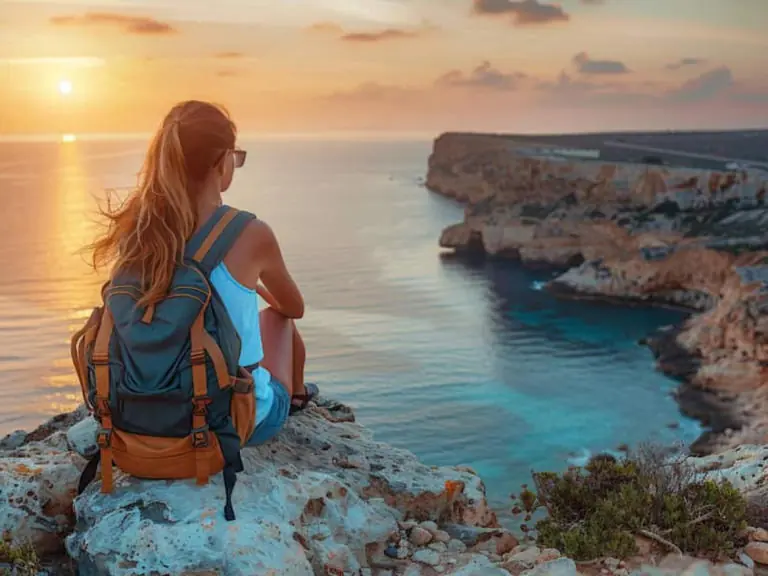
Women solo travel safety tips include blending in, using solo travel safety items like a self-defense alarm, and always locking doors with a personal Door Lock. Sharing your live location via Find My App is another layer of confidence.
✅ LGBTQ+ Travelers
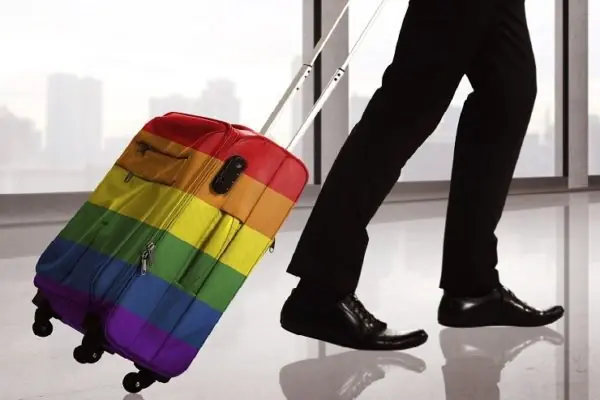
Not all destinations are equally safe. Research local laws and cultural norms carefully. Online expat forums often reveal what official guides don’t. Always have offline maps handy if you need to reroute quickly.
✅ Seniors & Those with Mobility Challenges
Accessibility varies widely. Stick to destinations with reliable infrastructure and clear emergency response plans. Pack extra solo travel safety items like a Phone Leash or lightweight walking aid.
✅ Digital Nomads / Long-Term Solo Travellers
For nomads, safety is about digital and physical consistency. Use secure backups, keep a Portable Safe, and avoid oversharing itineraries on social media. A balance of caution and connection helps when spending months abroad.
Using Local Resources, Networks & Technology for Extra Safety
✅ Local Safe-Travel Communities & Guides
When arriving in a new destination, connecting with a local guide or safe-travel community makes all the difference. Expats and fellow travelers often share real-time tips about which neighborhoods feel secure and which areas to avoid after dark.
✅ Apps, SOS Tools & Location Sharing
Modern tech supports safety in powerful ways. Use Air Tags in your luggage, and activate “find my friends” for trusted check-ins. Apps designed for emergencies let you send alerts with one tap. These solo travel safety items aren’t just gear—they’re lifelines.
✅ Keeping in Touch / Check-Ins with Trusted Contacts
Regular check-ins, even short texts, reassure loved ones and provide a safety net if plans change. Use a mix of messaging apps and traditional calls, especially when offline maps or connectivity challenges limit your options.
Common Mistakes First-Timers Make & How to Avoid Them
✅ Underestimating Small Risks
It’s easy to dismiss little things—like flashing jewelry or ignoring street lighting—but these details matter. Situational awareness is your first defense.
✅ Overpacking & Travel Fatigue
Carrying too much wears you down. The heavier the bag, the quicker you tire, and the more likely you are to skip safety routines. Choose only the essentials, with space for a few solo travel safety items.
✅ Accepting Offers from Strangers Too Quickly
Free rides, sudden invitations, or unverified tours might sound appealing. For new travelers, it’s best to double-check sources or stick with a verified travel companion.
✅ Neglecting Mental Safety
Sometimes, ignoring that “itchy discomfort” is the biggest mistake. Pay attention when your instincts signal night safety risks, and don’t brush them aside in the excitement of exploring.
Conclusion & Your 24-Hour Safety Checklist
Solo travel isn’t about living in fear; it’s about being ready. These solo travel safety tips are designed to keep you focused, confident, and adaptable. To simplify, here’s a 24-hour action plan you can print or save before departure:
| First 24-Hour Safety Checklist | Action |
|---|---|
| Save emergency numbers and embassy contacts | On phone + paper |
| Activate tracking (Air Tags / find my friends) | Set before flight |
| Lock valuables in Portable Safe | First arrival task |
| Walk routes with offline maps | Avoid night confusion |
| Check in with travel companion or home contact | Within hours of arrival |
| Double-check room locks & carry solo travel safety items | Before sleeping |
By setting these habits early, you’ll create a foundation for safer journeys. Whether you’re exploring buzzing cities or quiet landscapes, remember: safety doesn’t limit adventure—it supports it.
Frequently Asked Question
1. Is it safe to travel alone as a first-timer in 2025?
Yes, but preparation is everything. With proper research, a clear safety plan, and awareness of your surroundings, solo travel in 2025 is safer than many imagine. Most risks are avoidable with planning and good habits.
2. What should I do if I feel unsafe in a public place?
Step into a well-lit business like a café, restaurant, or shop. Call a trusted contact, use an SOS app, or head toward transportation hubs where people are around. The goal is to avoid isolation.
3. How often should I check in with family or friends?
At least once daily is a good habit. A quick text, call, or even a location share reassures loved ones and creates a fallback if you miss a check-in.
4. What travel insurance covers “theft / assault”?
Comprehensive policies often cover theft, assault-related medical bills, and emergency evacuation. Always check the fine print—cheaper policies sometimes exclude these protections.
5. How do I choose between staying safer vs cost / budget?
Safety should always come first. Saving a few dollars isn’t worth compromising your comfort or well-being. A secure neighborhood, reliable transport, or trusted accommodation is an investment in peace of mind.





